Find on this page news, good deals, anecdotes about wine and gastronomy.
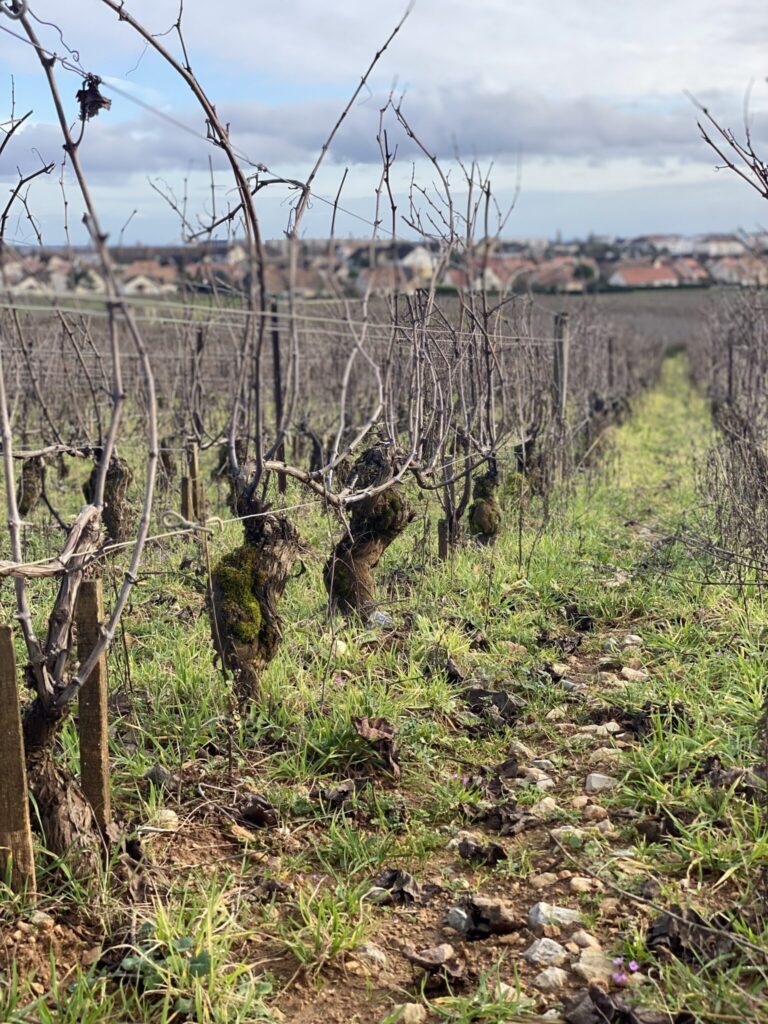
HISTORY OF THE VINE.
With the arrival of spring, I wanted to talk to you again about vines. Have you heard of vins francs de pied?
These are wines made from French vines that have not been grafted onto American rootstock. Nowadays, most of our vines are grafted.
But why? To find out, we need to go back to 1863, when a tiny aphid called Phylloxera decimated European vineyards. It attacked the roots by digging galleries and sucking the sap. This is how the vines ended up dying. The only solution was to graft French vines onto vines from across the Atlantic, which were not attacked. However, there are still a few free-standing vines that have resisted this insect, which cannot sneak into very sandy soils like those in the Camargue.
These vines are thought to be between 100 and 200 years old. Some winegrowers today have replanted this type of vine, such as Henry Marionnet’s Domaine de La Charmoise in the Loire.
The question we’re all asking ourselves is this: Does a vine from an American rootstock taste different from a vine from another country? Why don’t we organise a tasting on the subject?
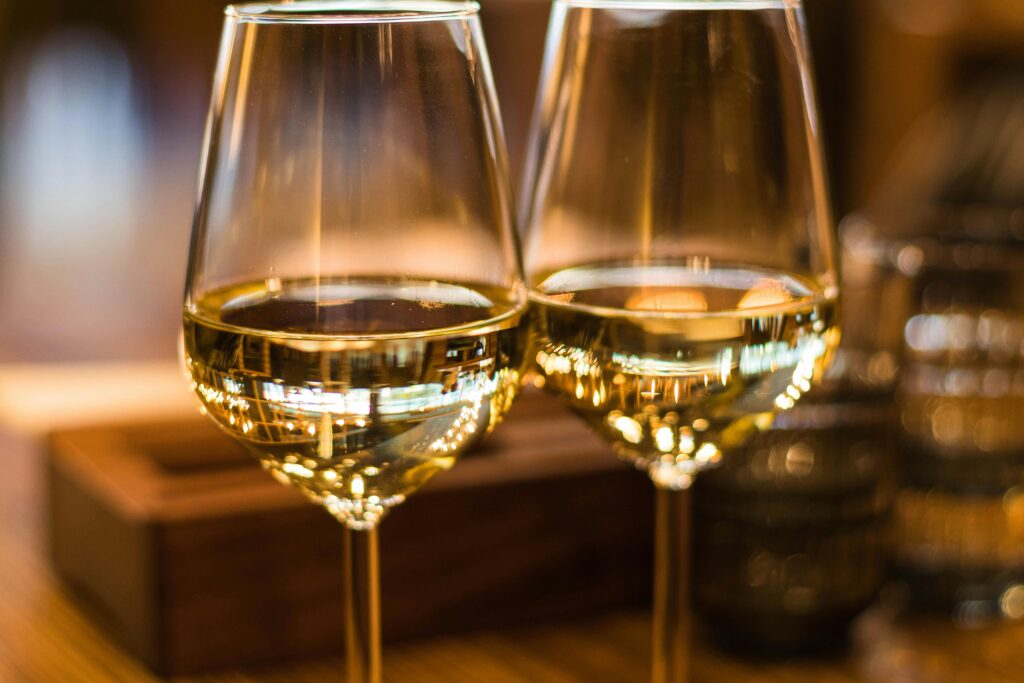
THE ALIGOTE GRAPE.
Do you know the Aligoté grape variety?
It is a white grape variety known in Burgundy since the 17th century.
It is a descendant of Pinot Noir. It is in fact a cross between Gouais Blanc and Pinot Noir. It was long sidelined because it was used to make kirs (aligoté and crème de cassis de Dijon).
It is a fairly productive variety, producing fresh, light white wines.
In Burgundy, it accounts for 6% of the grape varieties planted. You’ll find some delicious Aligoté wines, and to mention just one name, Sylvain Pataille, who has also done a podcast on the subject. I urge you to try his Aligoté and listen to his podcast 😉
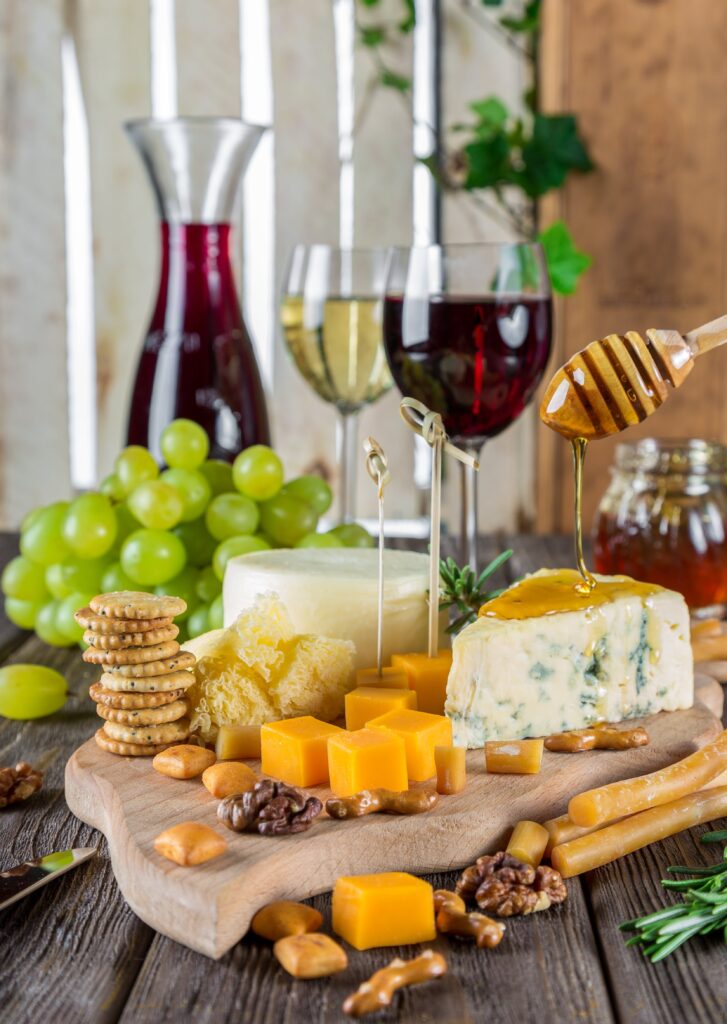
FOOD AND WINE PAIRINGS
Autumn has arrived, with its pretty colors and lower temperatures, making way for warm cheese dishes!
That’s why I wanted to have a quick word with you about wine and cheese pairings.
Why have your favorite sommeliers been recommending white wine with cheese for the past few years? The reason: white wine is often more acidic than red wine and, above all, contains no tannins.
The acidity of a white wine goes better with the fat of a cheese, bringing out its salty or fatty side.
If we’re talking acidity, there’s another product that does contain it, and which could make a differentiating pairing: Champagne. Note: if you prefer red wine, of course you can opt for a less tannic red wine, to avoid a certain roughness on the palate. Enjoy your tasting!

HARVEST 2023
It’s that time of year again, and for winegrowers, the harvest has begun.
I was lucky enough to be able to take part in this year’s event, so I decided to take a look.
Did you know that winegrowers had to wait for prefectoral authorization before starting the harvest? Well, yes, they do – it’s called “bans des vendanges”.
In general, we begin to assess the ripeness of the grapes 100 days after the first flower appears.
The grapes must wait until they have reached a certain balance between sugar and acidity. Once the bans for the harvest have been declared, the winegrower is free to choose the day on which he will start harvesting. Some call in oenologists to ensure the quality of the grapes. Others taste the grapes every day to determine their readiness. To each his own!
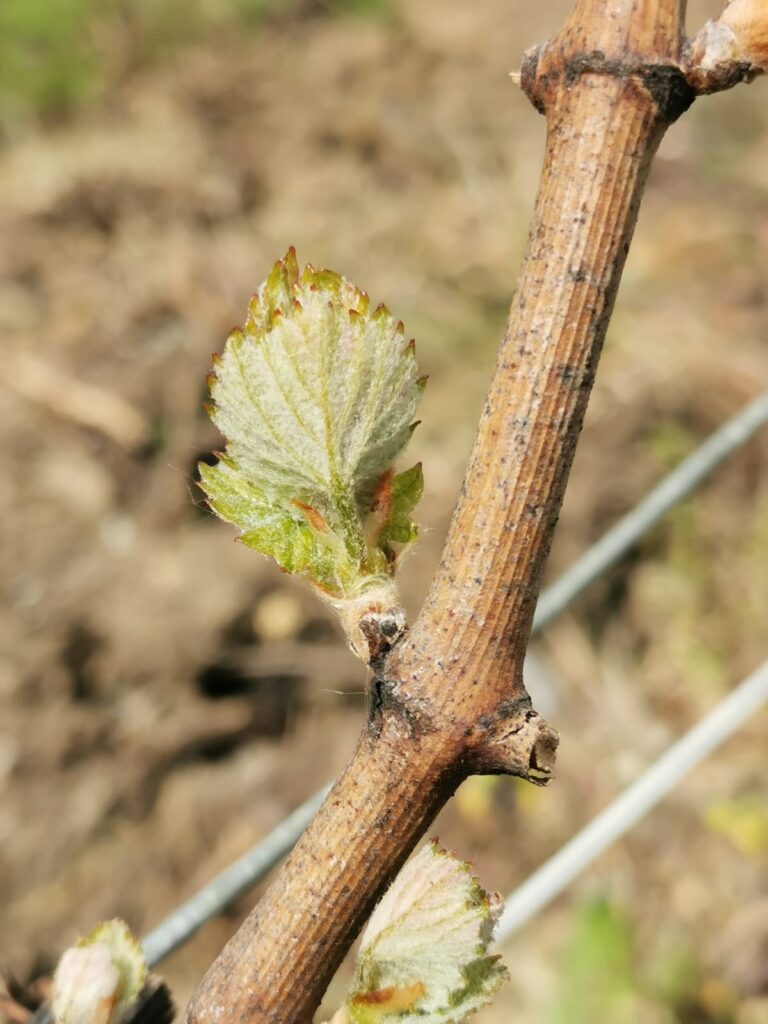
A NEW ‘MILLESIME’
Depending on the regions in France, between March and April, the buds of the vine start to bud. This is called ‘le débourrement’.
The date of bud break varies depending on the grape varieties. For example, Chardonnay and Merlot are the earliest, while Ugni blanc (a grape variety found in the southwest) is the latest.
It is a very delicate time for winemakers, as if the buds freeze, there will be no grapes.
Let’s keep our fingers crossed and send our thoughts to every winemaker out there!
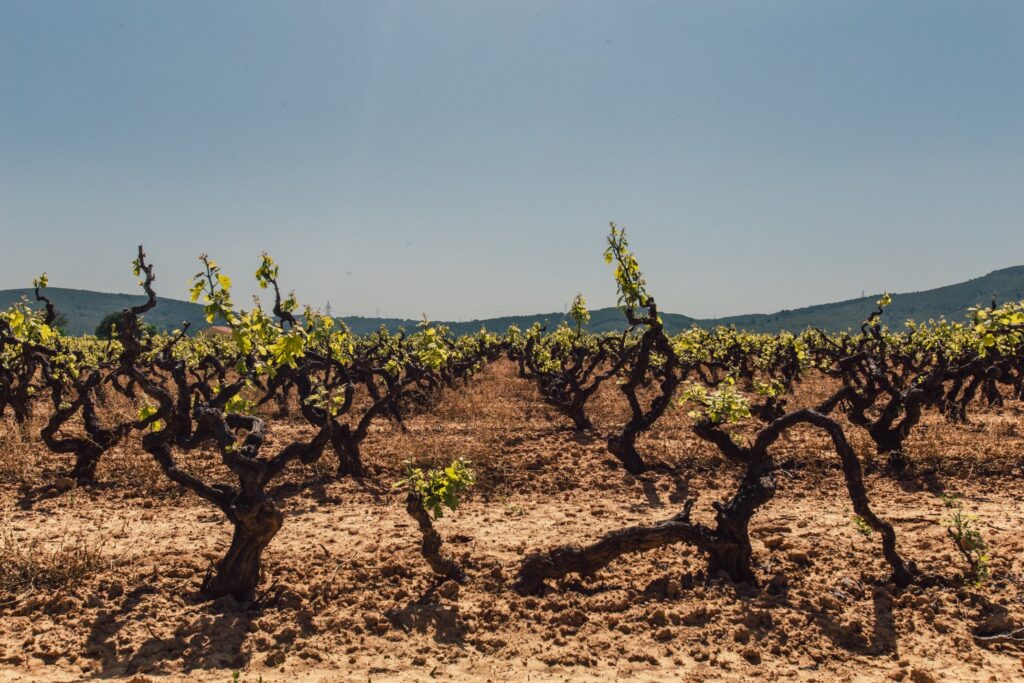
THE VINEYARD.
It is a fruit tree that, with its tendrils, clings to trees or supports.
There are several “varieties” called grape cépage. The main grape varieties in Champagne are, for red wine: Pinot Noir, Pinot Meunier and for white wine: Chardonnay.
This tree needs 5 elements to grow: warmth, sunlight, water, nutrients, and carbon dioxide.
However, the vine thrives in poor and sometimes even arid soils. When the root system is developed, it can descend up to ten meters to find water.
To stay up to date – subscribe to my newsletter on Linkedin – the link : https://www.linkedin.com/newsletters/les-nouvelles-du-chai-d-aless-6990658261188280320/
